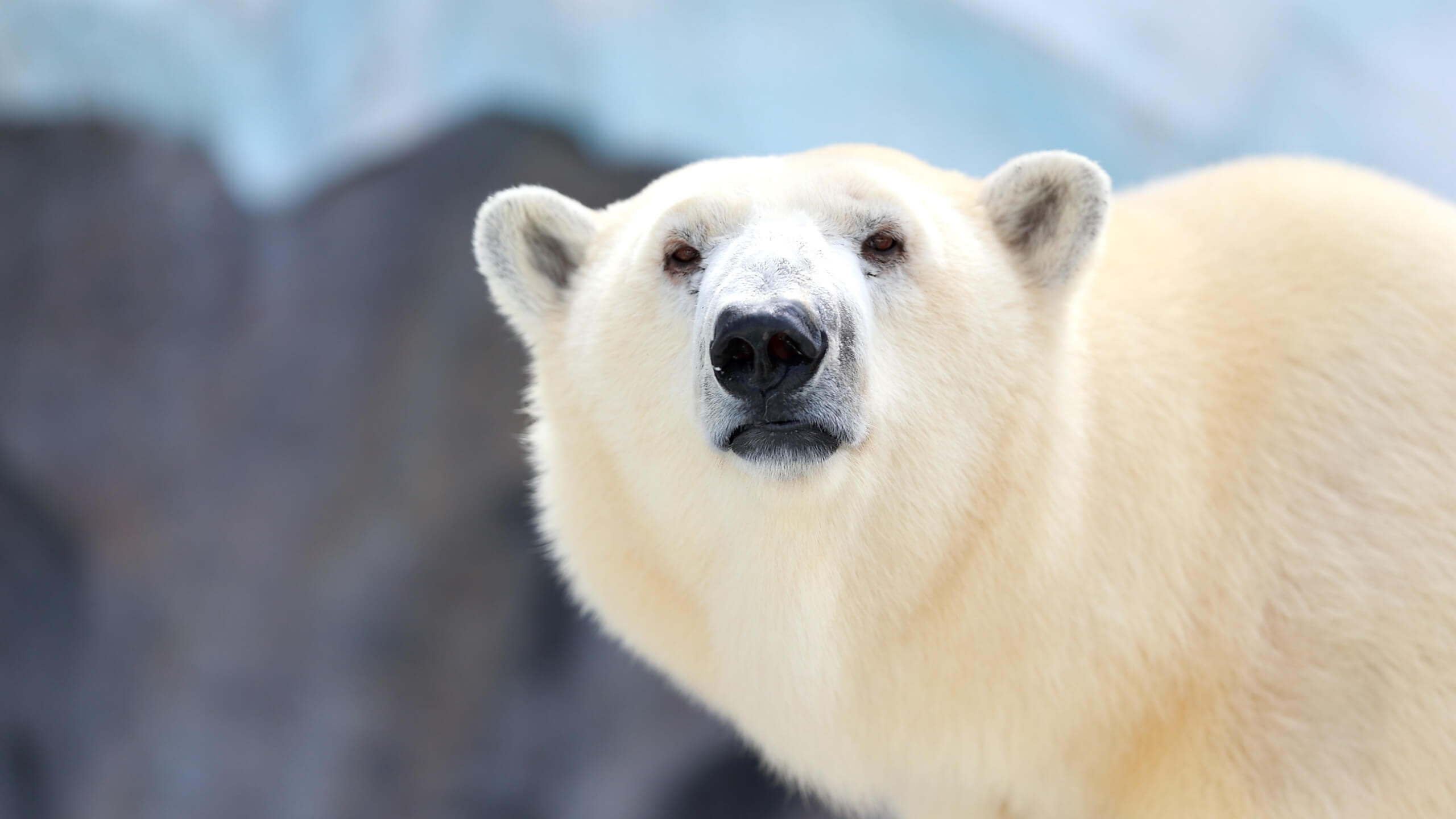The polar bear is a well-known bear species that roams the ice sheets of the Arctic and swims in the coastal waters of that region. Polar bears look white like snow, but it is a surprising fact that they have jet-black skin beneath their white fur.
Having black skin is one of the several adaptations that allow a polar bear to maintain a steady 37℃ body temperature in the Arctic cold at -50℃. Here, we gathered information about why polar bears have black skin, what the black skin enables them to do, and why polar bears are white.
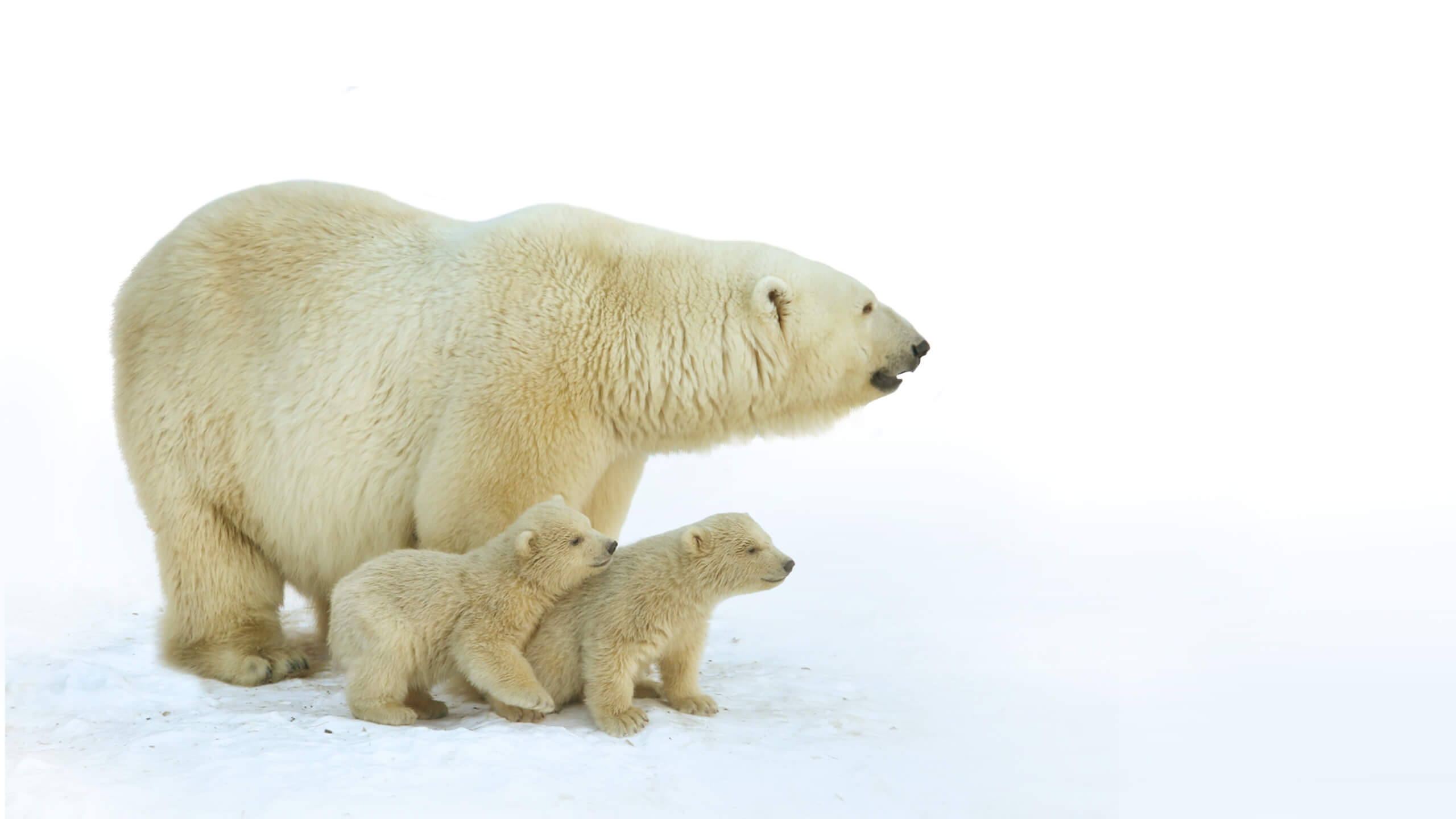
Why Do Polar Bears Have Black Skin
Polar bears have jet-black color skin rich in melanin. It is a crucial adaptation to survive in the Arctic. Their dark color skin absorbs and retains more heat and keeps them warm in the frigid Arctic habitat. Objects of the black color absorb all wavelengths of light and convert them into heat rather than reflecting. The black skin of polar bears serves as a built-in solar panel, which allows them to harness as much heat as possible from the sun.
Moreover, it has been found that melanin-rich skin provides better protection against the ultraviolet rays of the sun. Polar bears are more exposed to sunlight because, in their environment, sunlight intensifies when it bounces off the sea ice, snow, and water. So their melanin-rich black skin possibly provides them protection from the harmful UV rays of the sun.
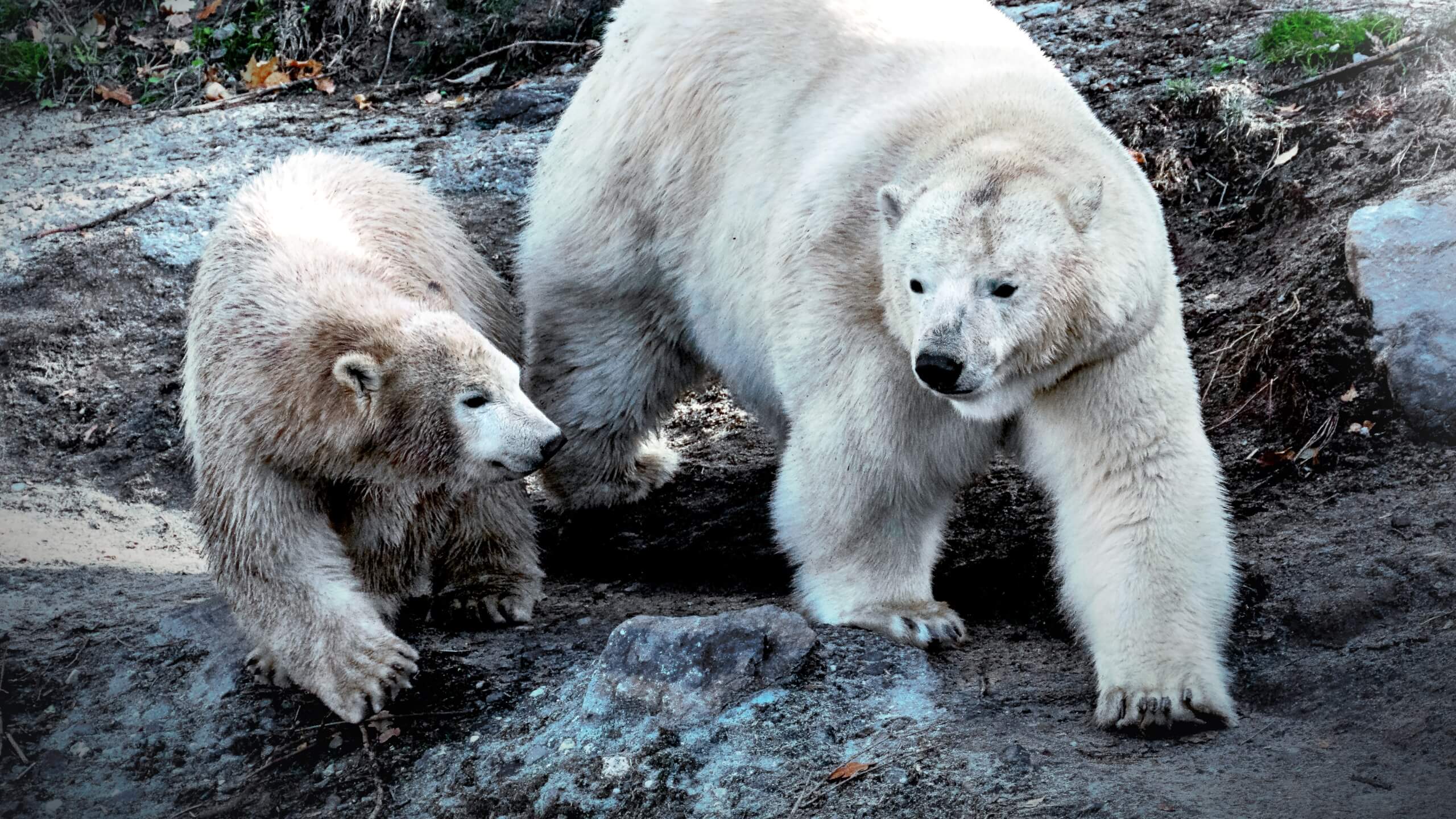
Additionally, the white fur and black skin of polar bears provide camouflage when they are swimming underwater or hunting on broken ice. They either blend in with the ice or the darkness of the ocean and are less visible to their prey.
Also Read: How many polar bears are left in the world?
What Does The Black Skin Enable Polar Bears To Do?
The black skin of polar bears is one of the several important adaptations to survive in the harsh Arctic climate. It serves the following two main purposes:
Absorb more sunlight
The black skin of polar bears helps them to absorb and retain more sunlight. The light is then converted to heat and keeps them warm. It is believed that their hollow translucent fur acts like fiber-optic cables and directs light to their skin surface.
Additionally, their melanin-rich dark skin may also provide them protection from the harmful UV rays of the sun.
Camouflage
Polar bears have hollow and translucent (semi-transparent) fur rather than white. Translucent objects allow a small amount of light to reflect and absorb the rest. The black skin and the translucent hollow fur of polar bears provide them with excellent camouflage in their habitat.
They appear white like snow and look like a drift of snow when sleeping. On a cloudy day, they appear slightly gray. Underwater, they blend in with scattered ice or dark water of the ocean depending on the light availability.
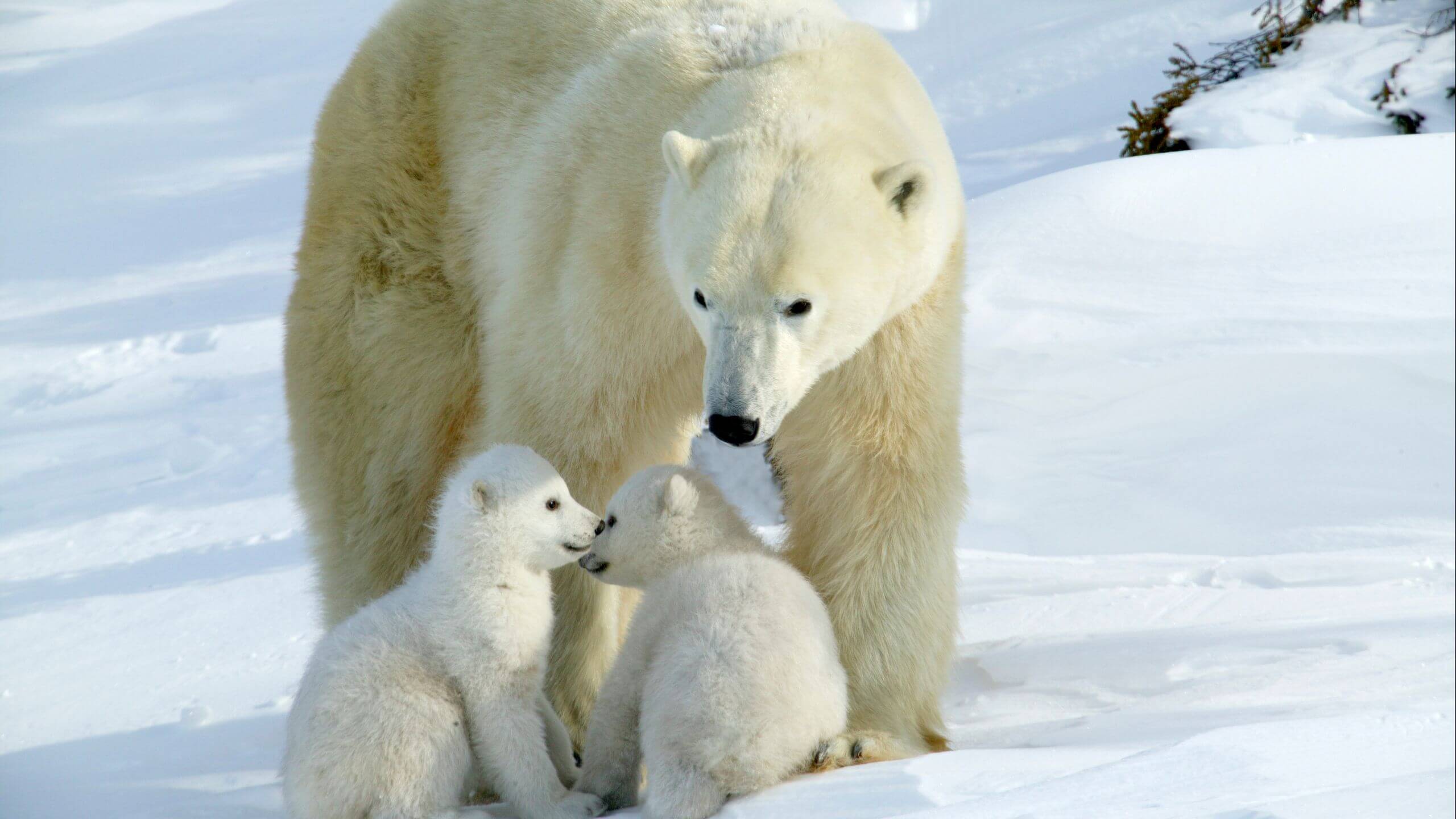
Why Are Polar Bears White?
Polar bears look white because of their translucent fur. They have jet-black color skin and a 1 to 2-inch (2.5 to 5 cm) thick coat of fur. Their fur is composed of two layers; a wooly, dense, insulating layer of under-hair and a relatively thin, hollow, and stiff layer of guard hair. The length of guard hair may be as much as 6 inches (15 cm). Polar bears molt their fur each year, in May or June.
The guard hairs are translucent (semi-transparent) and tube-like hollow in structure. When light strikes this translucent hair, all the wavelengths of light bounce off and they look white. The shaft of each hair in their fur is transparent and pigment-free, so it can not absorb any wavelength from the sunlight and reflect all the light. That is why they look white like snow.
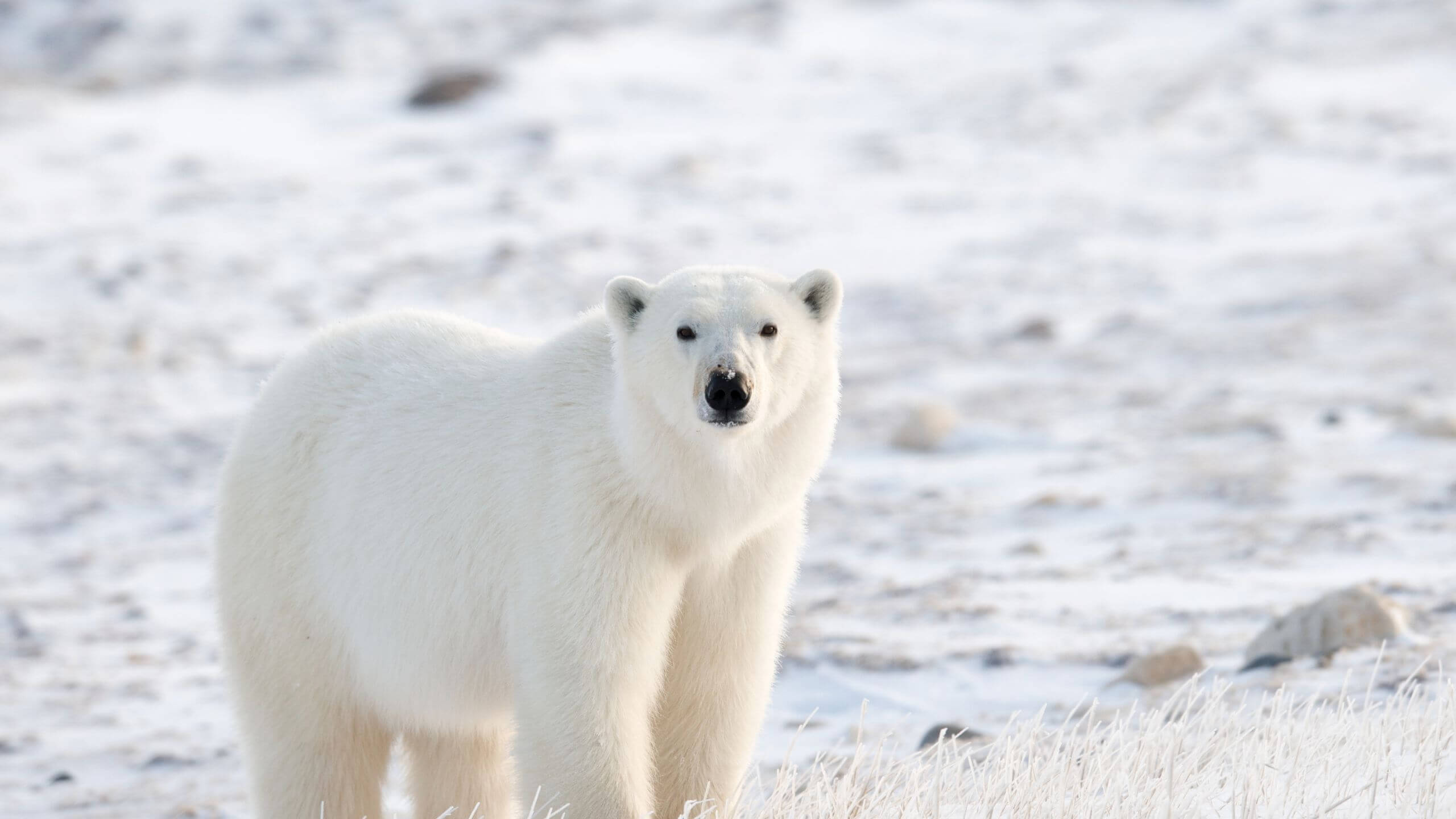
On cloudy days, a polar bear may look slightly gray. At the time of sunset, they can look reddish-orange. Sometimes, oil from their prey stains the fur of polar bears and they look yellow. Stains of dust and clay in the Arctic tundra sometimes give them a light-brown appearance.
Captive individuals are known to turn green because of algae that grow inside their hollow hair. In the wild, extremely cold Arctic temperatures do not allow algae to grow in their hair.

